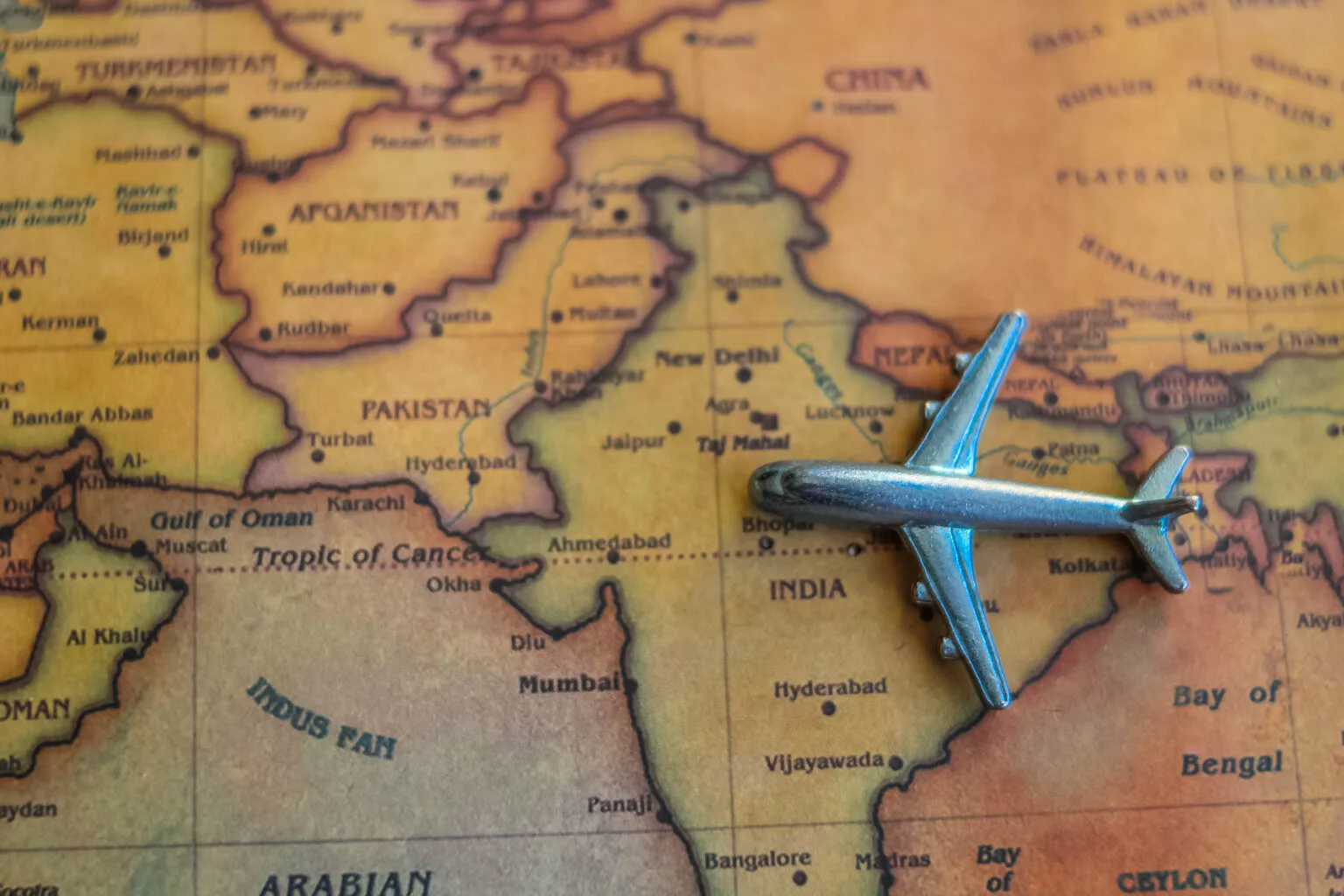Understanding India’s Logistics Landscape
Logistics costs in India present a significant challenge, currently hovering around 13 percent of GDP. This figure starkly contrasts the OECD average of 8 percent, highlighting a pressing need to streamline operations. Reducing these costs is crucial for India to realize its ambition of becoming a $1 trillion export economy by 2030.
The Call for Infrastructure Development
According to Dr. Jivisha Joshi Gangophadhyay, deputy secretary at the Department for Promotion of Industry and Internal Trade (DPIIT), there is a vital necessity for infrastructure development to be supported by strong institutional frameworks. “The National Logistics Policy acts as a foundational framework,” she explains, “but the real gains in efficiency will emerge from seamless interactions—where rail collaborates with road, ports connect with airports, and various systems interlink effectively.” Such integration could drastically improve logistics timelines, which is crucial for both domestic and international trade.
Major Initiatives in Progress
Stránka Gati Shakti Master Plan, which encompasses over 1,500 infrastructure projects, is pivotal in this transformation. This initiative emphasizes the co-location of logistics assets such as airports, Special Economic Zones (SEZs), and dry ports, creating a more interconnected network. Additionally, it leverages digital platforms like the Unified Logistics Interface Platform (ULIP), which connects more than 160 systems from the public and private sectors to enable real-time data sharing.
Bridging the Infrastructure Gap
Despite significant strides forward, integration remains uneven across regions. While major urban hubs like Dillí a Mumbai manage over half of India’s airfreight volumes, smaller cities often struggle with inadequate multimodal connections. This disparity can be likened to a toll bridge where only a few are granted access, leaving many stranded on the other side.
Air-Rail Integration: A Stepping Stone
Currently, India’s rail network ranks as the fourth largest globally but handles only 27 percent of total freight volume. The Ministry of Railways envisions boosting this to 45 percent by 2030. However, the integration of air and rail logistics remains an untapped goldmine. Dr. Surendra K. Ahirwar, executive director at the Ministry of Railways, expressed that the country is yet to effectively implement rail-air intermodalism.
Highlighting the untapped potential, he noted that the Western and Eastern Dedicated Freight Corridors (DFCs) could significantly expedite high-value, time-sensitive cargo transfers—think e-commerce deliveries, perishables, and electronics—between air and rail systems.
Proposed Solutions
- Establishing air-rail transfer nodes near major cargo airports.
- Implementing an open access model for rail and cargo infrastructure, which would allow multiple logistics service providers to utilize shared resources, reducing redundancy.
- Creating cargo-focused SEZs that are strategically located near airports, equipped with integrated customs handling and bonded warehousing.
Aligning with Global Trade Trends
Logistics corridors extend beyond mere physical pathways; they serve as strategic tools influenced by global markets. India’s participation in the India-Middle East-Europe Economic Corridor (IMEEC) and efforts to diversify supply chains away from traditional hubs like China are reshaping trade dynamics. Yet, there is a caution that airfreight remains an oft-overlooked element. The trade with the EU, currently valued at over €88 billion, is evolving heavily towards sectors that rely on air cargo, such as electronics and pharmaceuticals.
Recognizing the Role of Airfreight
Experts point out the critical need to include air cargo considerations in future logistics corridor designs. There’s a strong call for specially tailored SEZs equipped with support systems for airfreight that incorporate customs clearance and smart logistics tailored to the air cargo sector.
Emphasizing Sustainability in Logistics
As climate policies gain traction, they have become integral to global trade strategies. Logistics performance will increasingly hinge on environmental impact, where freight operators with lower emissions could gain preferential corridor access. Dr. Joshi elaborates, “Freight operators might find themselves evaluated not just on cost and speed but also on their carbon footprint.” Platforms like ULIP are already considering carbon tracking, with some terminals experimenting with solar-powered and electric vehicle operations.
Legal and Regulatory Frameworks
Na to, aby fyzická a digitálna integrácia prosperovali, je nevyhnutný pevný právny základ. S prijatím elektronických leteckých nákladných listov a technológie blockchain pre nákladné listy zainteresované strany zdôrazňujú požiadavku na konzistentnú právnu vymožiteľnosť vo všetkých jurisdikciách. Prebiehajúce úsilie zahŕňa zavedenie rámcov vzájomného uznávania založených na Vzorový zákon UNCITRAL o elektronickom obchode na zlepšenie toku informácií a dodržiavanie predpisov.
Záver: Cesta vpred
Stručne povedané, hoci indický sektor logistiky čelí značným výzvam v podobe vysokých nákladov a nedostatkov v infraštruktúre, prebiehajúce iniciatívy sa zameriavajú na vytvorenie silného, prepojeného logistického rámca, ktorý bude schopný posunúť krajinu smerom k jej ambicióznym hospodárskym cieľom. Ako sa vyvíja logistické prostredie, GetTransport.com môže zohrávať zásadnú úlohu pri ponúkaní cenovo dostupných riešení globálnej nákladnej dopravy. Či už ide o presun kancelárie, sťahovanie domu alebo prepravu objemného tovaru, GetTransport.com zjednodušuje logistiku svojimi všestrannými ponukami. Zefektívňuje celý proces a poskytuje nákladovo efektívne a spoľahlivé možnosti prepravy na uspokojenie rôznorodých potrieb. Využívanie príležitostí, ktoré prináša logistická inovácia, je životne dôležité pre zainteresované strany na všetkých úrovniach.
Výhody bezproblémovej integrácie logistiky, efektívnej prepravy a udržateľných postupov nemožno preceňovať. Spoločne tieto prvky podporujú nielen hospodársky rast, ale aj environmentálnu zodpovednosť. Každý krok podniknutý na zlepšenie sektora logistiky prispieva k väčšiemu cieľu – udržateľnej, efektívnej a ekonomicky životaschopnej budúcnosti. Ak hľadáte spoľahlivého partnera v oblasti logistických riešení, zvážte GetTransport.com.
Pre vašu ďalšiu nákladnú dopravu zvážte pohodlie a spoľahlivosť GetTransport.com. Umožňuje vám prijímať informované rozhodnutia bez dodatočných nákladov alebo problémov. Odomknite výhody transparentnosti a pohodlia s GetTransport.com. Rezervujte si teraz.

 Transformácia indického logistického prostredia: Náklady, infraštruktúra a príležitosti">
Transformácia indického logistického prostredia: Náklady, infraštruktúra a príležitosti">